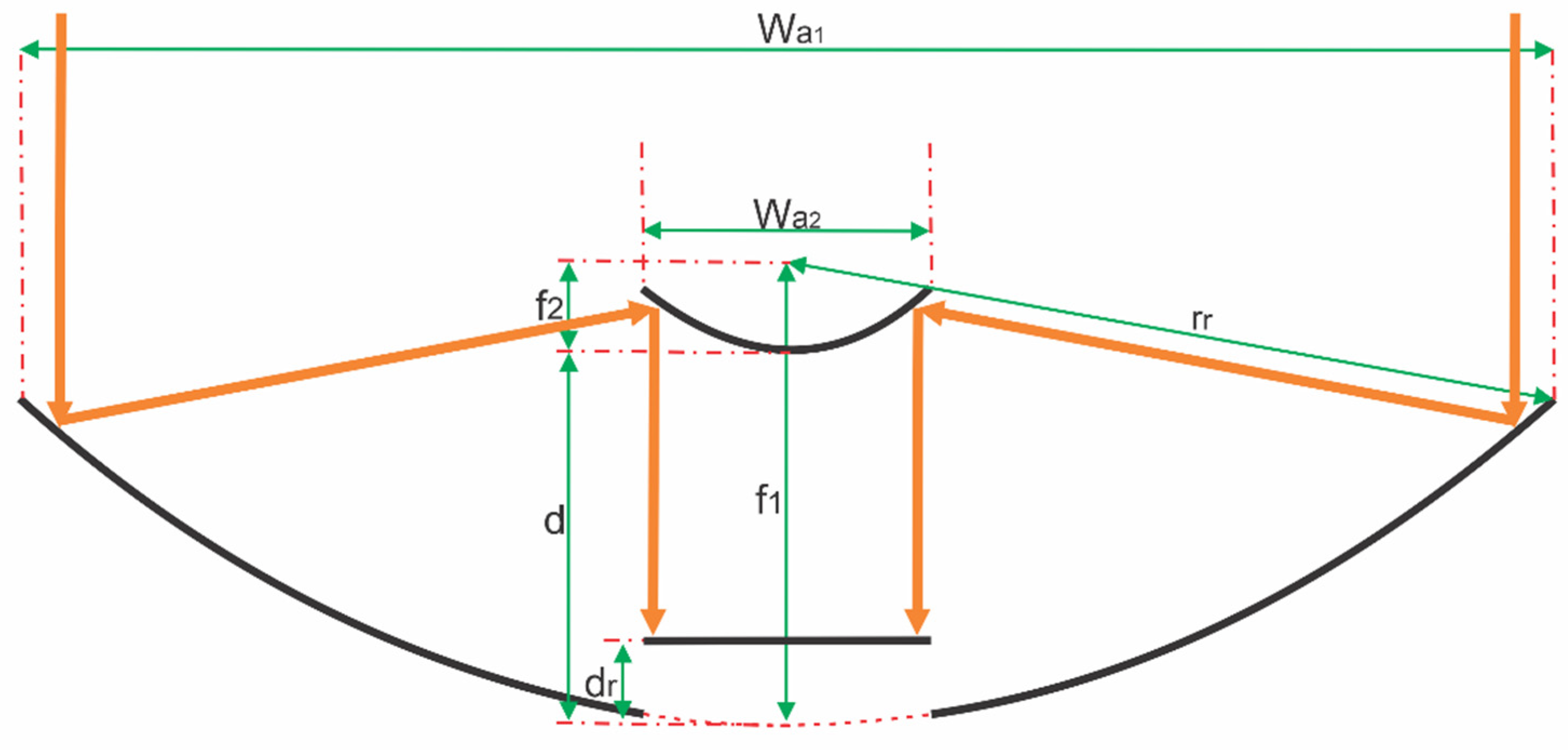
Vdara is a registered trademarks of Cit圜enter Land, LLC. You can also combine the Ray Optics Module with other add-on modules that offer expanded structural and thermal modeling capability - for example, to account for thermal radiation, conjugate heat transfer, hyperelastic materials, and piezoelectricity. The modules of this collector system are approximately 3 meters long by 1 meter wide and 0.3 meters high.

You can conveniently account for all of these multiphysics phenomena in a single integrated modeling environment, making it easy to conduct coupled structural-thermal-optical performance (STOP) analyses. This paper describes the thermal performance of a new low-cost solar thermal micro-concentrating collector (MCT), which uses linear Fresnel reflector technology and is designed to operate at temperatures up to 220☌. Physical deformations in the optical system, either due to thermal stress or other applied loads, can also significantly affect the image quality. For the performed optimization, the intercept factor is determined as a function of the receiver’s.

The most obvious environmental factor is temperature, since the refractive indices of most materials follow some form of thermo-optic dispersion relation. A methodology for an optical optimization of the intercept factor concerning a linear Fresnel reflector is described to increase the amount of solar irradiation that will be delivered in the absorber for Agua Prieta, Sonora taking the FRESDEMO’s Fresnel field as the reference design.
Soltrace tuto linear fresnel software#
You can create high-fidelity optical simulations using the COMSOL Multiphysics ® software and the specialized add-on Ray Optics Module. Optical systems can be extremely sensitive to changes in their environment, especially when operating under extreme conditions such as underwater and outer space.

After building a ray optics model, there are a host of further opportunities available with the Application Builder that further simplify the simulation workflow.


 0 kommentar(er)
0 kommentar(er)
